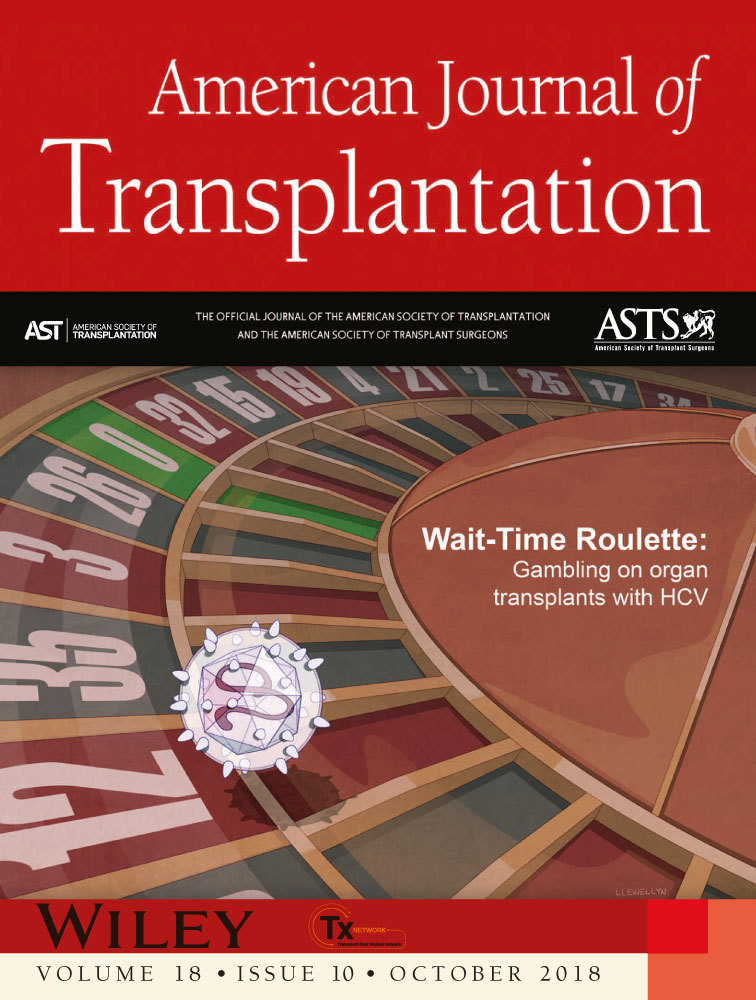Can we mitigate the effects of simultaneous liver-kidney transplantation through increased utilization of HCV-positive donors?
The MELD era has seen a significant rise in the numbers of simultaneous liver-kidney transplantations (SLK). Prior to August 2017 there had not been any specific national policy addressing the allocation of the deceased-donor kidneys to patients with liver failure who were on dialysis or with renal failure. A new SLK policy was recently implemented, establishing standardized national guidelines for the allocation of kidneys to SLK recipients.1
SLK candidates continue to receive priority over kidney-alone transplant recipients, including pediatric patients, prior living donors, and highly sensitized patients. This effectively removes higher quality kidneys from the pool available for the kidney-alone candidates. In the context of a marked donor kidney shortage, the new SLK guidelines remain controversial because high-quality organs are diverted away from kidney-only recipients.2
One step toward mitigating the effects of limited organ availability is to minimize the numbers of discarded organs. In the United States, deaths due to opiate overdose have nearly tripled over the past 15 years.3 Overdose-death organ donors have also dramatically increased from 1.1% of organ donors in 2000 to 13.4% in 2017.3 One quarter of potential donors dying of drug overdose are hepatitis C virus (HCV) infected.4 In the era of highly effective and well-tolerated therapy for HCV, there is an opportunity to expand the use of HCV-positive organs.
We analyzed the pattern of SLK listing using the United Network for Organ Sharing database between January 2013 and September 2017. The number of candidates listed for HCV-positive SLK donors is decreasing, with 398 (35.6%) listed in 2013, 366 (31.1%) in 2014, 331 (26.1%) in 2015, 265 (21.2%) in 2016, and 194 (21.8%) through September 2017. This decline mirrors the decline in HCV-seropositive liver transplant candidates, from 2424 (38.2%) of those listed in 2013 to 2029 (26.3%) of those listed in 2016. For candidates listed to accept HCV-positive SLK donors, 1009 (64.9%) were HCV positive, while 545 (35.1%) were negative. For candidates listed to accept SLK from HCV-negative donors only, 461 (11.1%) carried HCV diagnosis and 3688 (88.9%) were HCV negative.
Over this period, there were 642 liver-alone transplants performed from HCV-positive donors where at least 1 of the kidneys was discarded. The predominant reason for discard was a lack of available recipient (374, 58%) and another 54 (8.4%) were discarded because of hepatitis. The mean Kidney Donor Profile Index (KDPI) of the HCV-positive kidneys from these donors was 61 ± 20 and adjusted KDPI (minus HCV status)5 was 35.5 ± 18.4 (Table 1). The average donor age was 37.5 ± 10.9, and 78.4% were at PHS increased risk. Overall, a total of 918 HCV-positive kidneys were discarded.
| Donor HCV status | P | ||
|---|---|---|---|
| HCV negative | HCV positive | ||
| Number | 5067 | 642 | |
| Kidney discarded/donor | 1.6 ± 0.48 | 1.4 ± 0.50 | <0.001 |
| KDPI | 75 ± 24 | 61 ± 20 | <0.001 |
| Adjusted KDPIa | 75 ± 24 | 35.5 ± 18.4 | <0.001 |
| Age | 51.1 ± 16.1 | 37.5 ± 10.9 | <0.001 |
| PHS increased risk | 717 (14.2%) | 503 (78.4%) | <0.001 |
| Cause of death | <0.001 | ||
| Anoxia | 1492 (29.5%) | 392 (61.1%) | |
| CVA | 2562 (50.6%) | 114 (17.8%) | |
| Head trauma | 900 (17.8%) | 123 (19.2%) | |
| Other | 113 (2.2%) | 12 (2%) | |
| Reason discarded | <0.001 | ||
| Anatomy | 449 (8.9%) | 20 (3.1%) | |
| Biopsy findings | 1613 (31.8%) | 62 (9.7%) | |
| No recipient locally | 1485 (29.3%) | 374 (58.3%) | |
| Other | 1051 (20.7%) | 95 (14.8%) | |
| Poor organ function | 362 (7.1%) | 23 (3.6%) | |
| Positive hepatitis | 21 (0.4%) | 54 (8.4%) | |
| Too old | 86 (1.7%) | 14 (2.2%) | |
- CVA, cerebrovascular accident; HCV, hepatitis C virus; KDPI, Kidney Donor Profile Index; PHS, Public Health Service.
- a HCV+ removed from KDPI calculations.
A large number of good-quality kidneys are discarded annually because of HCV-positive status. At the same time, the number of SLK transplants is increasing, from 494 in 2013 to 739 in 2017. The wider use of HCV-positive kidneys for SLK recipients represents an opportunity to offset the number of high-quality kidneys that otherwise would be allocated to kidney allocation system priority groups. With the availability of highly effective and safe direct-acting antiviral (DAA) agents for posttransplant HCV infection in conjunction with appropriate patient education and informed consent, HCV-positive organs can be considered for both HCV-positive and negative recipients, taking into consideration their clinical status on the waiting list. Timely access to DAA therapy, including insurance coverage, and close patient follow-up by expert multidisciplinary providers is essential in the successful outcomes of these transplant recipients.
DISCLOSURE
The authors of this manuscript have no conflicts of interest to disclose as described by the American Journal of Transplantation.




